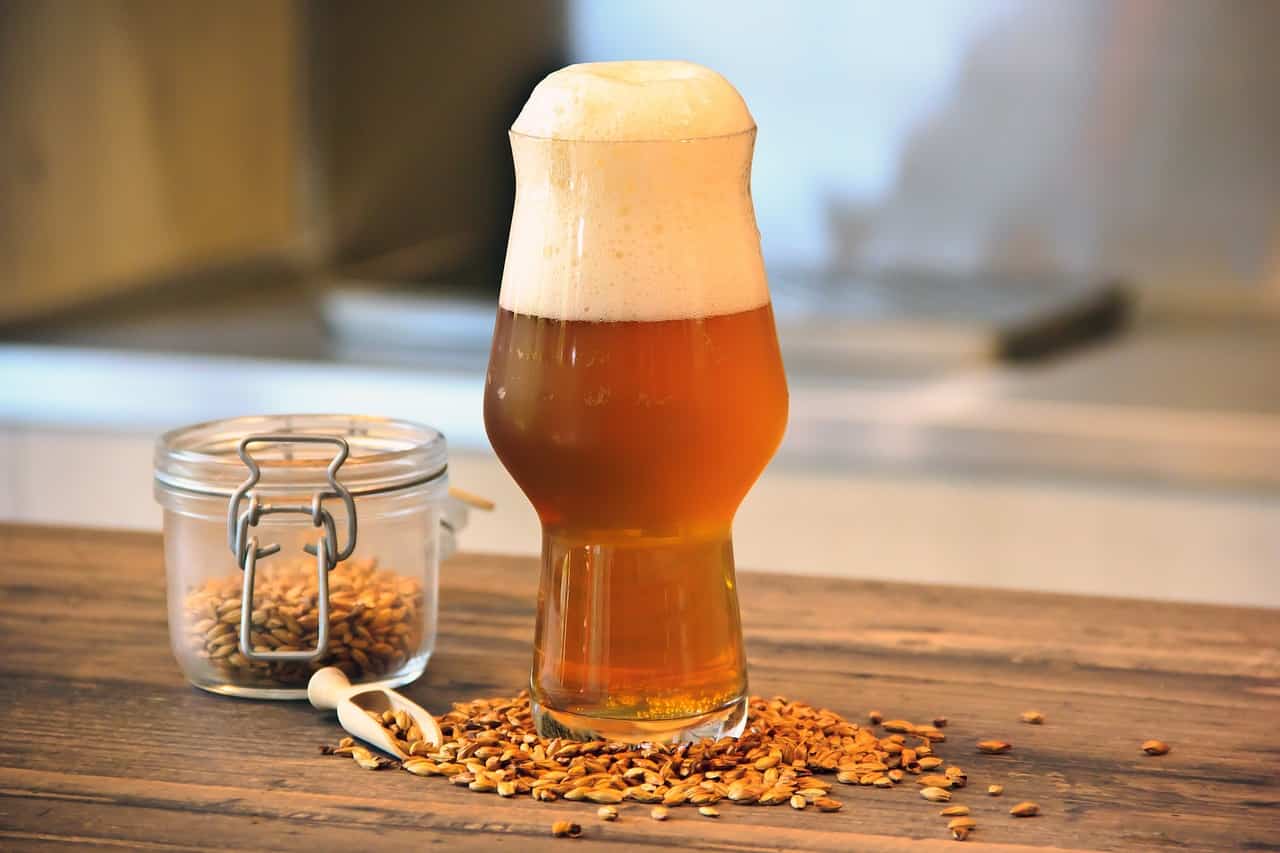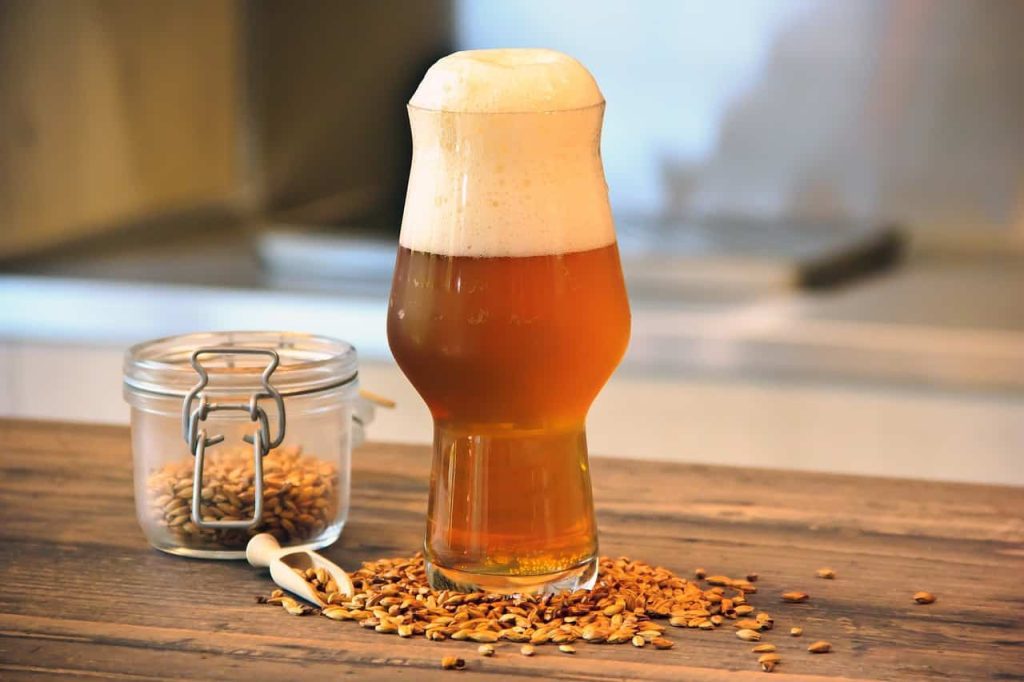
Belgian scientists have developed computer models that can predict consumer ratings and recommend improvements to the taste of Belgian beers, based on extensive analysis of hundreds of beers. This blend of technology and taste is expected to shape the future of beer production.
“These models can actually begin to understand flavor, it is kind of like we taught computers how to taste. For some flavors, this model’s predictions are really comparable to our human tasting panels. This is huge because, up until now, most flavor research always focused on specific flavor compounds, often only a few at a time,” Kevin Verstrepen, professor at KU Leuven and director of the VIB-KU Leuven Center for Microbiology and the Leuven Institute for Beer Research, told ZME Science.
“Our work shows the promise for AI in the food industry in general — although we focus on beer, the same approach is possible for any food. We expect AI to be implemented by food manufacturers in the coming years, so this will actually change the food that ends up on our plates in the near future — of course, only for “prepared” foods, this won’t change our fresh produce and raw ingredients,” the researcher added.
A computer that tastes beer
The process of comparing and ranking beer flavors is very subjective. a now legendary study from 2001, when researchers dyed a white wine with red coloring and gave it to 54 wine science students, supposedly expert tasters. The panel overwhelmingly described the dyed beverage as they would a red wine.
Beer is harder to deceive visually, but the point still stands: while there may be expert tasters, most people can be easily fooled and have their senses manipulated. In addition, taste buds vary from person to person, so there is inherent subjectivity in taste perception.
Beer guides often use generic terms like 'fruity' for beers, but are these descriptions accurate for everyone? Seeking a more scientific approach, Verstrepen and colleagues aimed to use objective indicators to describe and predict beer flavors. They analyzed over 250 Belgian beers, measuring the concentration of hundreds of aromatic compounds. The result of this meticulous effort is a book called ‘Belgian Beer Tested and Tasted’.
Not content with leaving this valuable dataset unused, the researchers applied machine learning to explore the interactions between various flavor compounds. Their goal was to better understand how these compounds create different beer flavors.
Quantifying flavour
“Our main goal was to identify new important flavor compounds for beer, or to gain a better understanding of “sensory interactions” between flavor compounds: the enhancing or masking of one flavor by another,”
“For some compounds, the flavor has been well studied, and we know at which concentrations we start to perceive them. But then in actual beer we find that we can taste them, even though their concentration is much lower — or the other way around: we should be able to taste them at this concentration, but we don’t. The reason for this is these “sensory interactions” mentioned above. But because our dataset contains a lot of chemical compounds, and these machine learning models can learn about interactions between those compounds, we managed to train a computer to really predict whether we can taste a specific flavor or not,” said Verstrepen.
“We know that sweetness and bitterness mask each other: if you add sugar to a beer, the bitterness would become less pronounced (even though the concentration of bitter compounds remains the same). So, we cannot just predict bitterness based on the bitter compounds, we also need to know about the sweetness. That is exactly what these models excel at,” he added.
Their ultimate aim was to discover new flavor compounds that could enhance or introduce entirely new beer flavors, showing their deep passion for Belgian beers.
The AI models developed by the team can predict the main aromas and overall appreciation score of a beer, reducing the need for human tasting. Encouraged by the results, the researchers enhanced the flavor of two existing commercial beers based on the AI's suggestions. They also created a well-received beer from scratch in a later project, despite its experimental nature.
AI-enhanced brewing: Crafting the future of beer
This development has significant implications for the food industry, providing new insights into flavor science and assisting in product development and quality control. For example, the AI trained on Belgian beer revealed that lactic acid, commonly found in sour beers, could enhance the flavor of regular beer.
“This seems to work at lower concentrations, so it’s not that we are just artificially “souring” a normal beer. Instead, this compound gives some freshness to beer in low (not yet sour) concentrations. This shows that there is still much more to be discovered about flavors, and that AI will be a valuable tool to do so!” said Verstrepen.
Some people reading this might feel a bit disappointed. Many cringe when they see art created by AI. The same feeling might be shared if they find out their Tripel or Trappist was made using a recipe generated by AI. However, the researchers emphasize that although AI can propose the best flavor profiles, the skill of brewing — selecting ingredients, adjusting the process, and creating a product that connects with consumers — still firmly belongs to human brewers. These AI models can only provide ideal concentration values for different compounds. It’s still up to the brewers themselves to determine how to achieve this flavor profile.
“I think this idea (AI) makes sense for some products, like non-alcoholic beers. When you think about it, it’s incredibly inefficient to first turn most of your ingredients into alcohol, to then filter that alcohol out. It would make more sense to work with natural ingredients (or extracts) to create a non-alcoholic drink that closely resembled beer. That’s also how sodas are produced today, and consumers don’t seem to mind that.”
“But of course, sodas don’t come with the long tradition of the brewing process. I understand that both the brewer and the consumer do not want artificial flavors added to their beer (and labels full of E-numbers). For regular beers, all flavors should come from the brewing process itself,” said Verstrepen.
Furthermore, the study highlights the individual nature of taste. The variety of individual taste preferences ensures that the pursuit of the perfect beer remains a deeply personal journey, enriched but not replaced by technology.
“It’s important to know that all major breweries, and major food manufacturers, have their own dedicated tasting panels. So a group of their staff will be trained to professionally taste foods. There are even companies specialized in running tasting panels, that allow smaller companies to out-source them. These panels are necessary to develop new products, and often also to quality control the production. Whenever flavor is involved, we still fully rely on humans. But our work shows that AI might be able to help with that,” said Verstrepen.
As the food and beverage industry looks ahead, the incorporation of AI in understanding and enhancing flavors signifies a new frontier. This research not only sets the stage for improved products but also shows the importance of combining scientific innovation with the traditional craft of brewing, ensuring that the future of beer is both thrilling and delightful.
The findings were published in the journal Nature Communications.
Was this helpful?
Related Posts
- Climate change will make extreme cold more prevalent — and that’s bad news for some animals
- Tired brains are prone to mental lapses as whole areas ‘doze off’
- What is sucralose, and is it safe for you?
- Mysterious cosmic blast triggered by black hole









